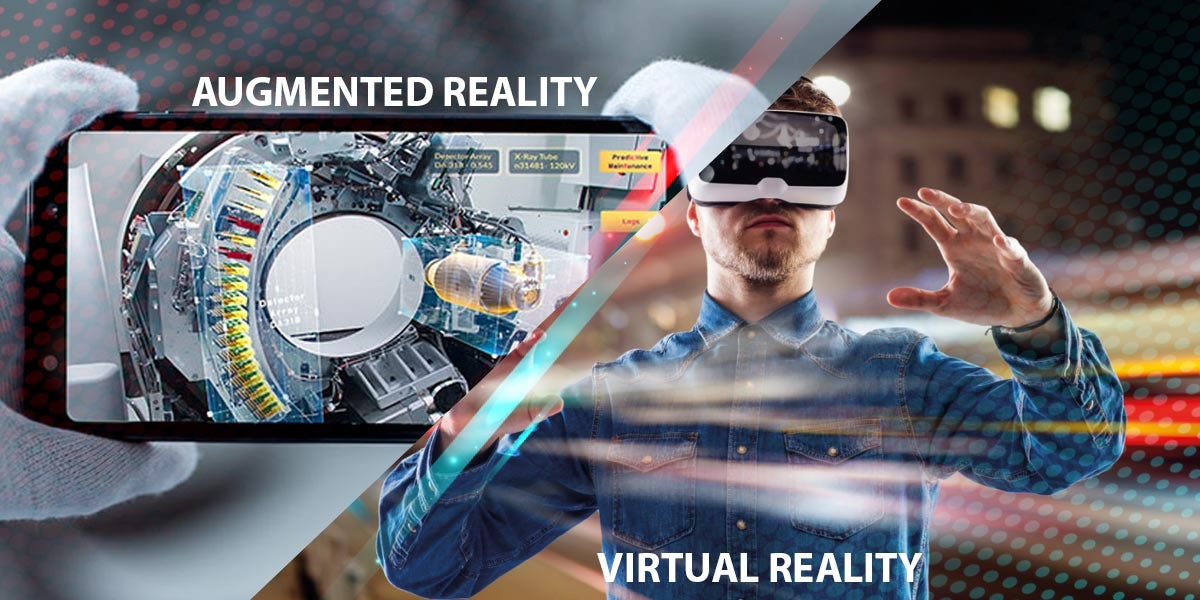Towven.com – The digital world is no longer confined to screens; it’s increasingly blending with our physical reality.
Augmented reality (AR) emerges as a revolutionary technology that seamlessly overlays computer-generated elements onto the real world, creating an enriched and interactive experience.
Unlike virtual reality (VR) which immerses users in entirely simulated environments, AR enhances our perception of the real world by adding digital information, visuals, and sounds.
This article delves into the captivating world of augmented reality (AR), exploring its core principles, diverse applications, and the potential it holds for transforming various industries and our interactions with the world around us.
Beyond the Screen: Unveiling the Core Principles of Augmented Reality (AR)
Augmented reality (AR) departs from traditional screen-based experiences by seamlessly integrating digital elements with the physical world. This captivating experience is achieved through several key principles:
-
Real-World Environment: AR leverages the user’s physical environment as the primary canvas. Unlike VR which creates entirely simulated worlds, AR builds upon the real world.
-
Computer-Generated Content: AR overlays digital information – visuals, sounds, and text – onto the real world in real-time. This digital content can be static or dynamic, responding to the user’s actions and surroundings.
-
Registration and Tracking: Accurate registration and tracking are crucial for a seamless AR experience. AR systems utilize various technologies, like cameras and sensors, to understand the user’s position and orientation in the real world and precisely overlay digital content onto the user’s view.
-
User Interaction: AR experiences can be interactive, allowing users to manipulate and interact with the digital content overlaid on the real world. This interaction can be achieved through touchscreens, voice commands, or gesture recognition.
These core principles work together to create an immersive and interactive experience, blurring the lines between the physical and digital worlds.
A Tapestry of Applications: Exploring the Diverse Uses of Augmented Reality (AR)
Augmented reality (AR) is not just for entertainment; it offers a multitude of applications across various sectors:







